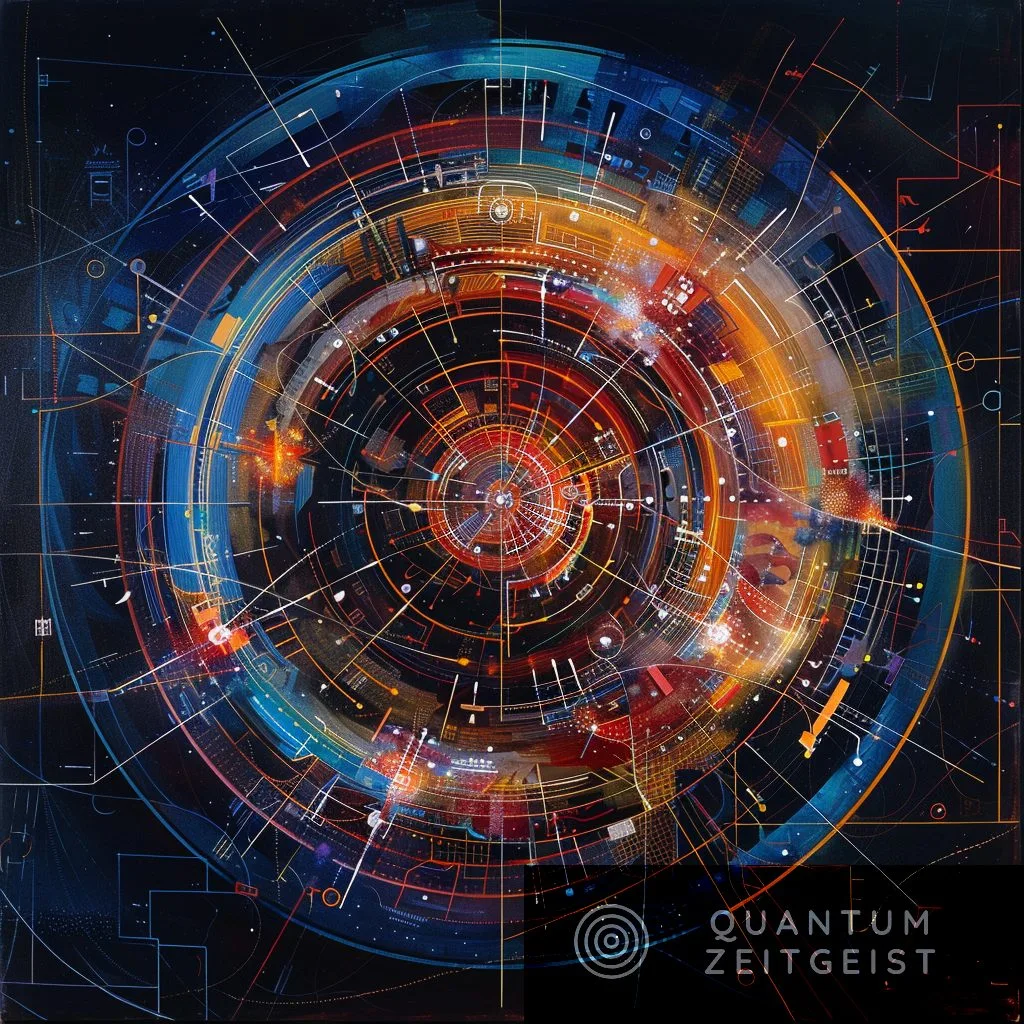Physicist Adam Kaufman and his team at the University of Colorado Boulder, along with collaborators at the National Institute of Standards and Technology (NIST), have developed a new method of boson sampling using ultracold atoms in a two-dimensional optical lattice. This method, which uses tools like optical tweezers and advanced cooling techniques, allows for the preparation of specific patterns of identical atoms and their propagation through the lattice with minimal loss. The team’s work, which marks a significant advancement in boson sampling, could open new approaches to simulating and studying quantum materials. The Air Force Office of Scientific Research and the National Science Foundation supported the research.
Quantum Phenomena and the Quantum Walk
Atoms in an optical lattice perform a “quantum walk,” where they experience various quantum phenomena such as superposition or tunneling. This process is akin to a street magician scrambling cups and balls, where the balls represent atoms, and the cups represent the lattice. However, unlike the magician’s trick, where one could theoretically keep track of the balls, the atoms in the quantum walk are indistinguishable. This indistinguishability fundamentally alters how the atoms behave, leading to complex interference patterns.
In a classic experiment by Hong, Ou, and Mandel, two identical photons striking opposite sides of a half-reflective mirror always exit from the same side. This behavior results from a special kind of interference, not any interaction between the photons. With more photons and mirrors, this interference becomes enormously complicated, leading to a phenomenon known as “boson sampling.”
Boson Sampling and Quantum Advantage
Boson sampling is the process of measuring the pattern of photons that emerge from a given maze of mirrors. It is believed to be infeasible to simulate on a classical computer for more than a few tens of photons. As a result, there has been a significant effort to perform such experiments with actual photons and demonstrate that a quantum device is performing a specific computational task that cannot be performed classically. This effort has culminated in recent claims of quantum advantage using photons.
In a recently published Nature paper, a team led by JILA Fellow, NIST Physicist, and University of Colorado Boulder Physics Professor Adam Kaufman, along with collaborators at NIST, have demonstrated a novel method of boson sampling using ultracold atoms in a two-dimensional optical lattice of intersecting laser beams.
Optical Tweezers and Advanced Cooling Techniques
To achieve these results, the researchers used several cutting-edge techniques, including optical tweezers and advanced cooling methods. Optical tweezers are highly focused lasers that can move individual atoms with exquisite precision. The researchers used these tweezers to prepare specific patterns of up to 180 strontium atoms in a 1,000-site lattice, formed by intersecting laser beams that create a grid-like pattern of potential energy wells to trap the atoms.
The researchers also used sophisticated laser cooling techniques to prepare the atoms, ensuring they remained in their lowest energy state, thereby reducing noise and decoherence—common challenges in quantum experiments. The cooling and preparation ensured that the atoms were as identical as possible, removing any labels, such as individualized internal states or motional states, that could make a given atom different from the others.
Scaling and Verification of Boson Sampling
For the same reason that boson sampling is hard to simulate, directly verifying that the correct sampling task has been performed is not feasible for the experiments with 180 atoms. To overcome this issue, the researchers sampled their atoms at various scales. They performed tests with two atoms, where they understood very well what’s happening, then at an intermediate scale where they could still simulate things, and finally at a large scale where they could continuously vary how hard the sampling task is by controlling how distinguishable the atoms are.
Through this process, the researchers were able to confirm the high fidelity of the atom preparation and later evolution of the atoms’ quantum states in comparison to previous boson sampling demonstrations. The very low loss of atoms compared to photons during the atoms’ evolution precludes modern computational techniques that challenge previous quantum advantage demonstrations.
Future Applications and Implications
The high-quality and programmable preparation, evolution, and detection of atoms in a lattice demonstrated in this work can be applied where the atoms interact. This opens new approaches to simulating and studying the behavior of real and otherwise poorly understood quantum materials.
The researchers believe that using non-interacting particles allowed them to take this specific problem of boson sampling to a new regime. However, many of the most physically interesting and computationally challenging problems arise with systems of many interacting particles. Going forward, they expect that applying these new tools to such systems will open the door to many exciting experiments. This research was supported by the Air Force Office of Scientific Research (AFOSR) and the National Science Foundation (NSF) Physics Frontier Center (PFC) at JILA.
External Link: Click Here For More

